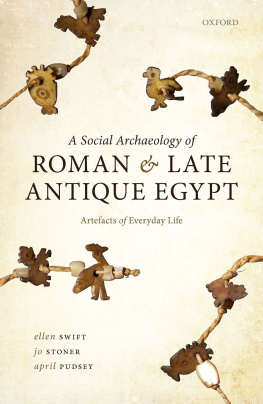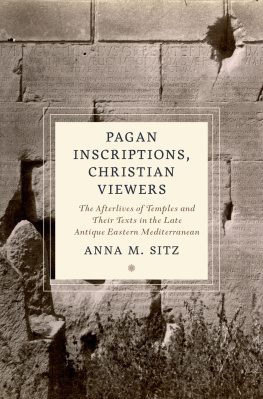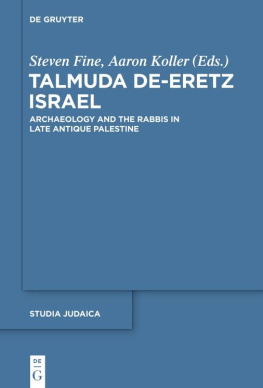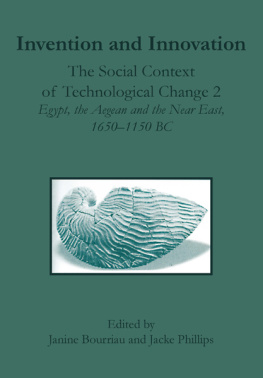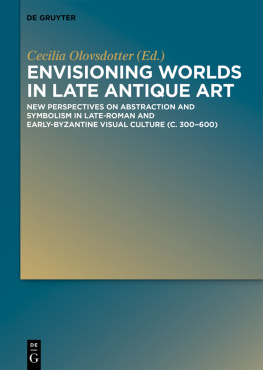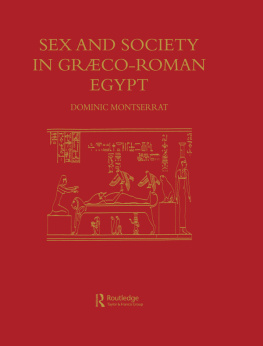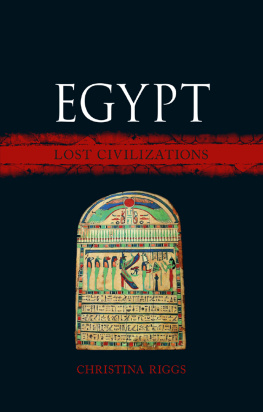Oxford University Press is a department of the University of Oxford. It furthers the Universitys objective of excellence in research, scholarship, and education by publishing worldwide. Oxford is a registered trade mark of Oxford University Press in the UK and in certain other countries
All rights reserved. No part of this publication may be reproduced, stored in a retrieval system, or transmitted, in any form or by any means, without the prior permission in writing of Oxford University Press, or as expressly permitted by law, by licence or under terms agreed with the appropriate reprographics rights organization. Enquiries concerning reproduction outside the scope of the above should be sent to the Rights Department, Oxford University Press, at the address above
You must not circulate this work in any other form and you must impose this same condition on any acquirer
Links to third party websites are provided by Oxford in good faith and for information only. Oxford disclaims any responsibility for the materials contained in any third party website referenced in this work.
Acknowledgements
The project for which this is one of the published outputs, Roman and Late Antique Artefacts from Egypt: Understanding Society and Culture, was funded by an Arts and Humanities Research Council project grant, we are very grateful to the AHRC for this support. Thanks also to current and former staff at the Petrie Museum of Egyptian Archaeology, University College London, especially Louise Bascombe, Anna Garnett, Maria Ragan, Alice Stevenson, Alice Williams, and Catriona Wilson. It was a real pleasure working with Petrie Museum staff and we are very grateful to them for their contribution in making this project a successful one.
Thanks also to the Ashmolean Museum, Oxford; Bristol Museum and Art Gallery; the British Museum, London; the Egypt Centre, University of Swansea; the Fitzwilliam Museum, Cambridge; the Metropolitan Museum of Art, New York; the Museum of London; the Petrie Museum; Rijksmuseum van Oudheden, Leiden; the Victoria and Albert Museum, London; and World Museum, Liverpool, for permissions to reproduce images of objects in their collection, and/or assistance with study visits. The Brigham Young University Egypt Excavation Project, and Alexandra Plea, also assisted with illustrations for the book.
Many thanks to Karlis Karklins, St John Simpson, Joanna Then-Obuska, and Marilee Wood, for assistance with object identifications, and to Elisabeth OConnell, Joanna Then-Obuska, and Carol van Driel-Murray for comments on draft chapters. Csaba Lada kindly assisted with a Greek inscription, and Tian Tian provided information from a beads list from Xia Nais archive, and translated it from Chinese. Thanks also to David Creese, Jenny Cromwell, and Joachim Quack for their comments.
We would also like to thank our project advisory board, Kevin Dawe from the University of Kent, David Creese from Newcastle University, and Richard Alston from Royal Holloway, University of London. They provided invaluable advice and support throughout the project.
Making the replica objects and sound recordings was a particular challenge and could not have been achieved without substantial help. David Walsh and Ada Nifosi kindly assisted by playing some instruments for sound recording, and Frank Walker made the recordings. Egert Phlmann kindly allowed us to use his transcripts of music in the recordings. Eric Hall, formerly a professional potter, provided advice about the replica creation for the ceramic artefacts, and Andrew Lamb, of the Oxford Bate Collection, assisted with information about comparative ethnographic musical instruments; Keith Greenhow, Daniel Knox, George Morris, Julien Soosaipillai, and Georgia Wright, currently or formerly at the University of Kent, and jeweller Justin Richardson, made the replicas of the sound-making objects. Many thanks to all of them.
Finally, Lloyd Bosworth, Archaeology Technician at the University of Kent, has contributed in multiple ways to the success of this project, 3D scanning the objects, creating 3D models, editing most of the photographs taken by us at the Petrie Museum, and helping with many other queries throughout the project. We are very grateful for his assistance.
Contents
The first in-depth study of the society and culture of Roman and late antique Egypt (c.30 bce to 700 ce ) to use everyday artefacts as its principal source of evidence, this book presents the results of the major AHRC-funded research project Roman and Late Antique Artefacts from Egypt: Understanding Society and Culture. Its central focus is the outstanding collection of the Petrie Museum of Egyptian Archaeology, UCL, which contains more than 8,000 objects dating to the periods under study, including many objects in organic materials that rarely survive elsewhere. Through its detailed investigation of these artefacts, the book transforms our understanding of aspects of the society and culture of Egypt. By taking a social archaeology approach to a substantial body of artefact data, it provides significant insights into everyday social practices and social relations. For instance, in Part , it investigates topics in social archaeology such as the character of Romano-Egyptian childhood, the socially embedded nature of production, and the importance of sound to communal activities including play, entertainment, and ritual practice. The book also constitutes a fundamental reference work for scholars of artefacts from Egypt and beyond, with much new and essential information on a range of Roman and late antique artefact categories. It additionally provides evidence on wider topics of interest to historians and archaeologists, such as long-distance trade patterns with Roman and late antique Egypt, and wider economic and social changes across the period.
The potential of artefact evidence has been very under-exploited in scholarly research on Egypt in the periods under study.). We examine the neglected artefacts from Roman and late antique Egypt within this wider research context. Although the approach is principally archaeological, it is also interdisciplinary, drawing on further evidence regarding the topics under study from papyri and other textual sources, and from visual sources. It is informed by perspectives from archaeological theory, anthropology, and also historical and archaeological studies of both the wider Roman world, and other periods and regions.
In addition to the new social interpretation of everyday life that is proposed, fundamental advances presented in the book include more accurate dating of both individual objects and assemblages, and reconstruction of contextual information for some dress objects, through the study of site archives held in the Petrie Museum. A large proportion of the material under study is shown to be late antique in date (

